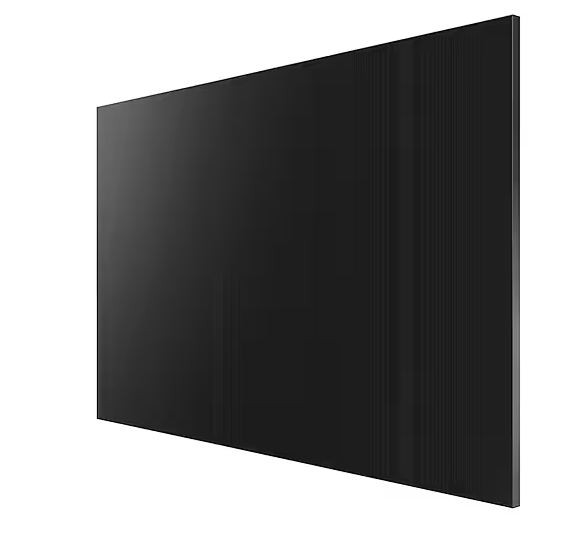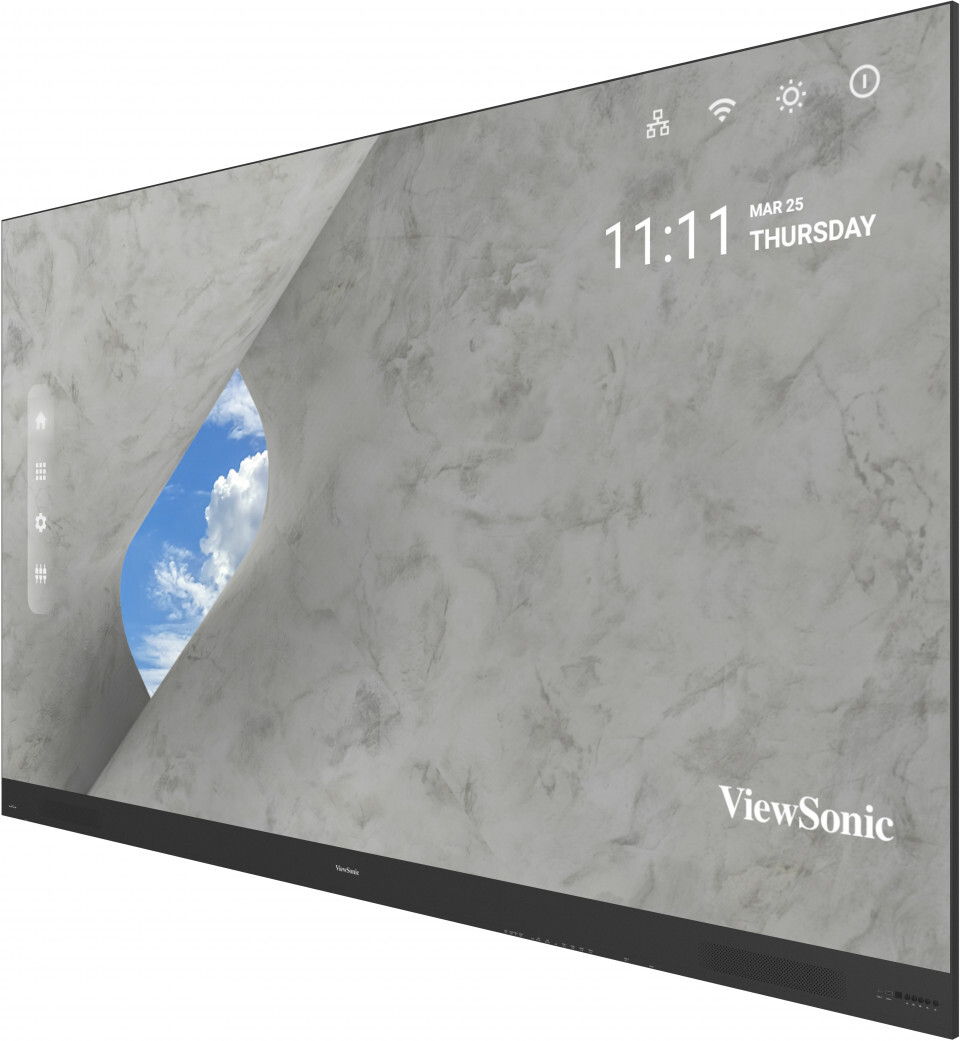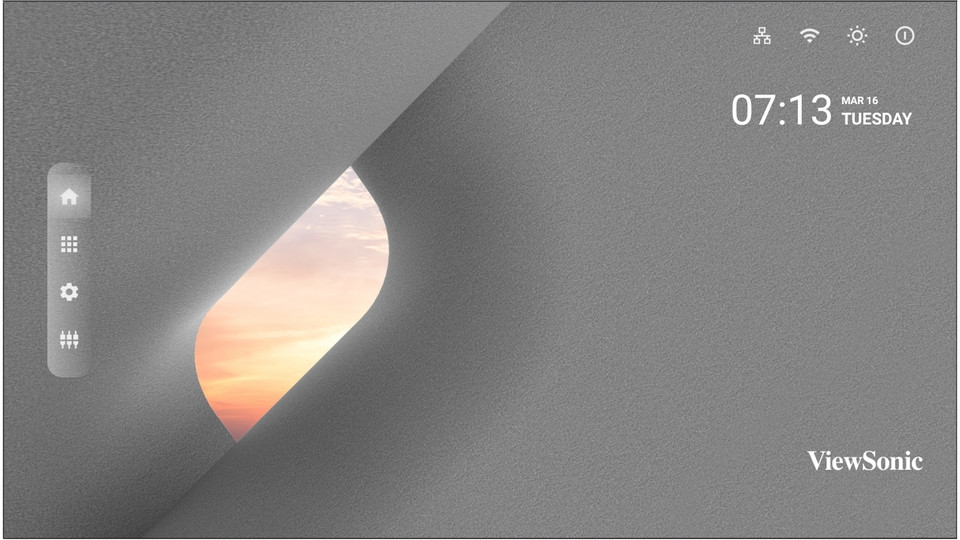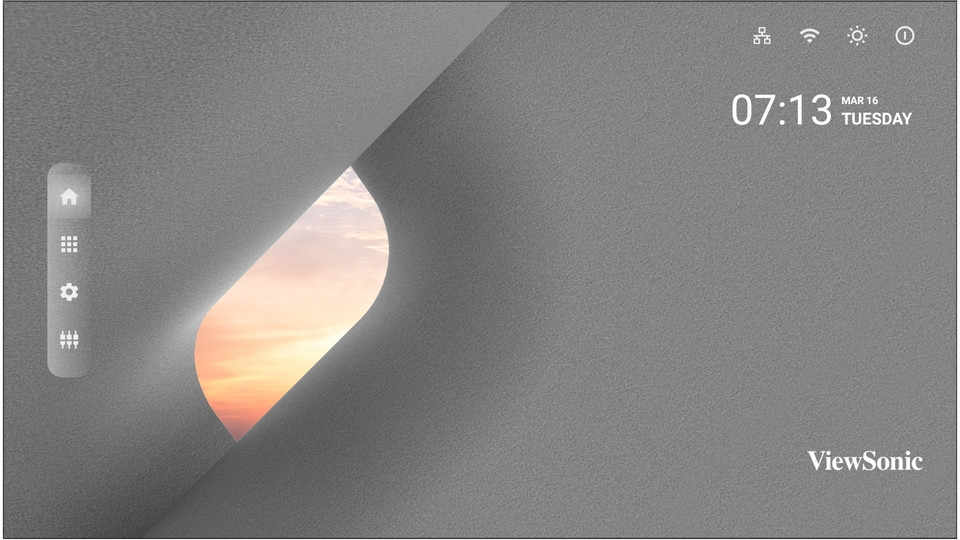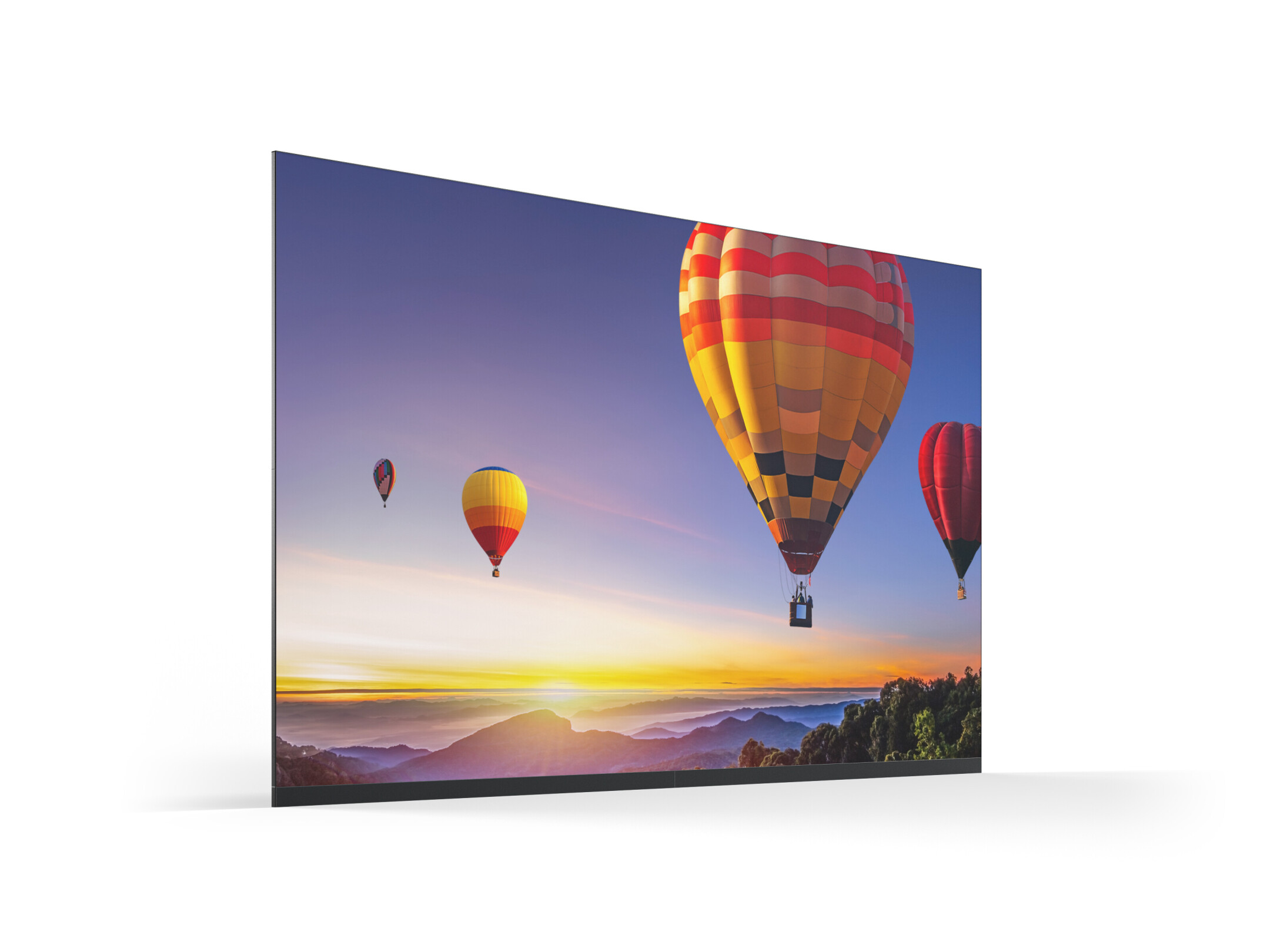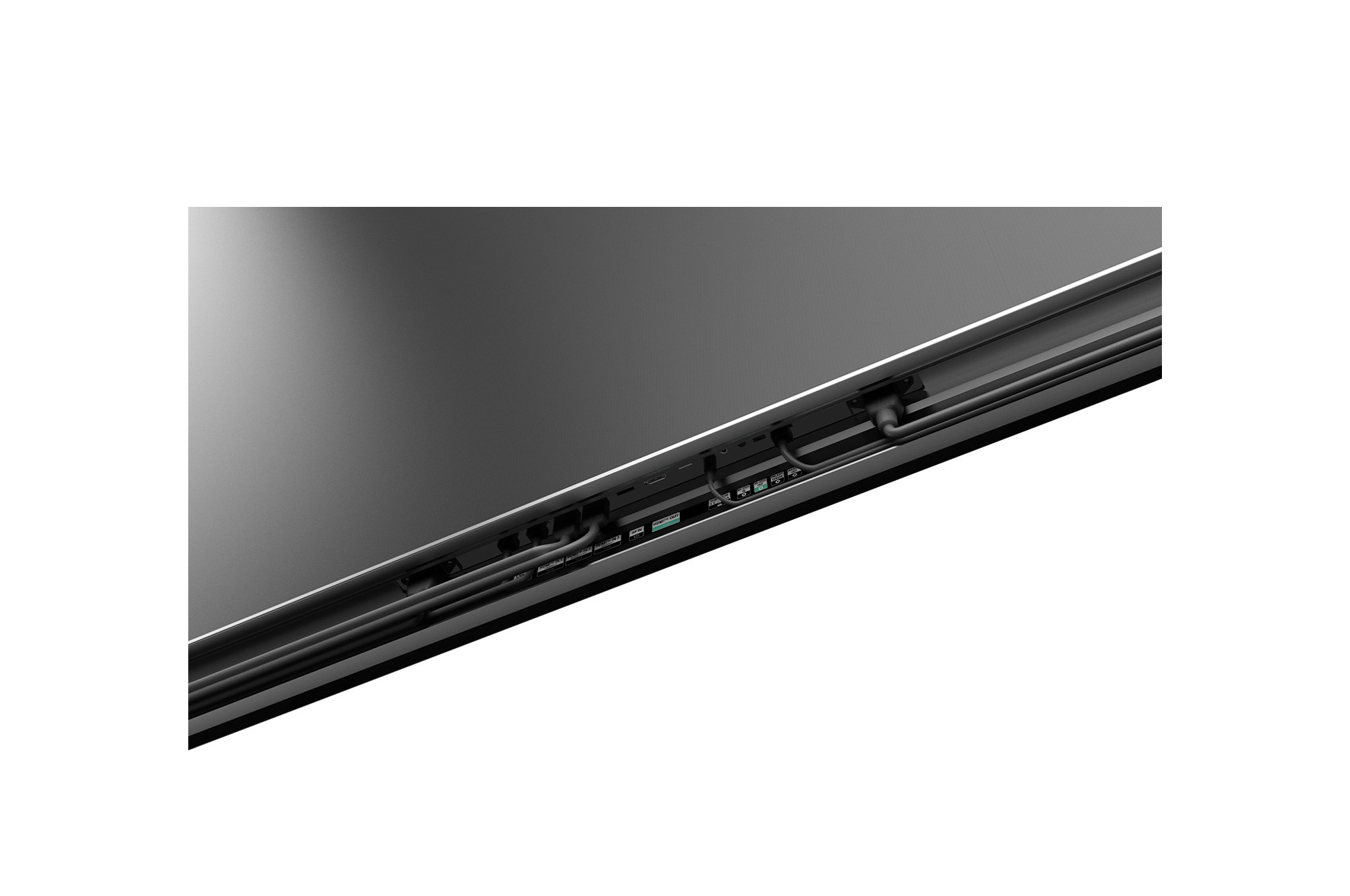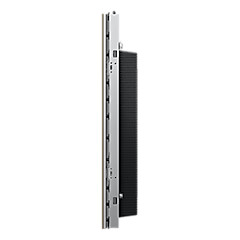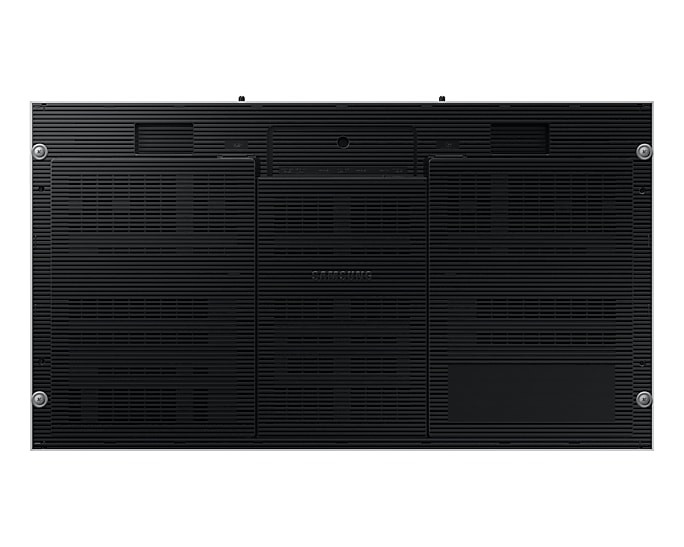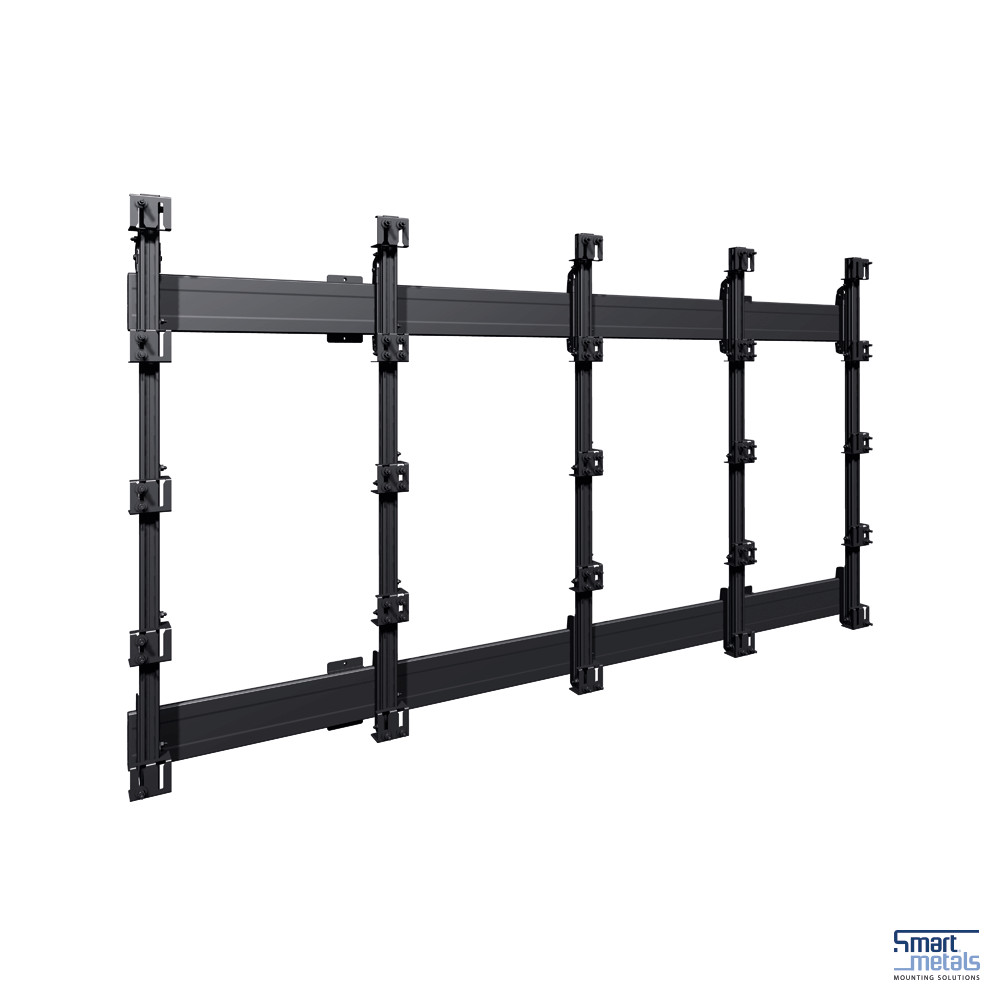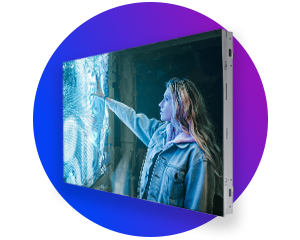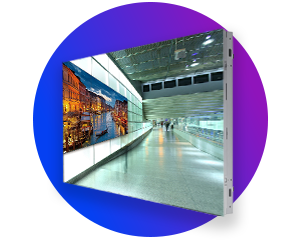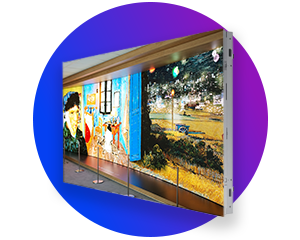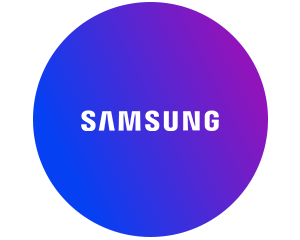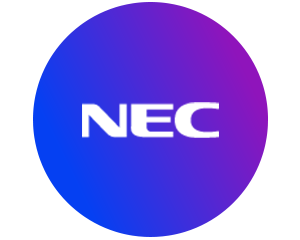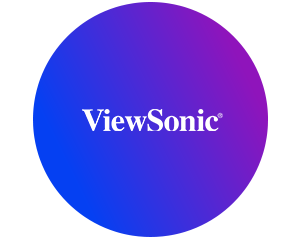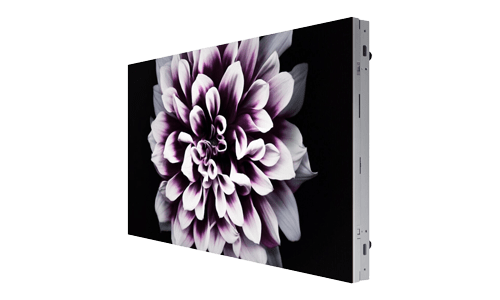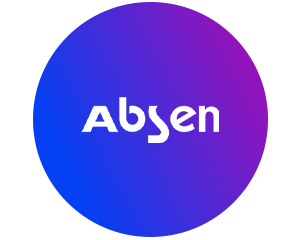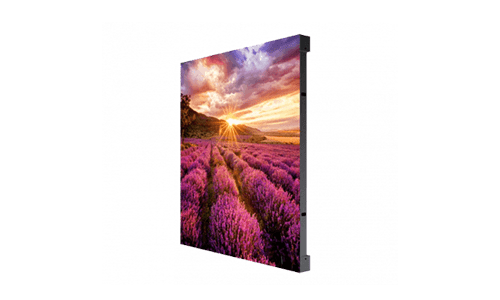How high resolution the image of an LED Wall needs to be depends very much on the viewing distance. Since most LED Wall installations require a greater distance from the viewer to the LED Wall, Full HD image resolution is usually sufficient.
The pixel pitch is the distance between the individual light-emitting diodes. The distance is given in millimetres. Values between 1 and 16 millimetres are common. Like the image resolution, the pixel pitch has a strong influence on the perceived image quality depending on the viewing distance. The greater the viewing distance, the greater the pixel pitch can be selected without individual pixels becoming visible.
The brightness of a display or an LED wall is given in candela (cd) or, in English-speaking countries, in nit per square metre. How bright an LED wall needs to be depends on where it is to be installed. In very brightly lit places, especially outdoors, the candela or nit value should be correspondingly higher than for LED walls for indoor use. While a brightness of about 500 cd/m² is sufficient for indoor use, outdoor LED walls should have values around 2,000 cd/m².
Good contrast is crucial to the visual impact of an image. Contrast is expressed as a ratio. The higher the contrast, the stronger and more appealing the displayed image. For LED walls, the contrast should be at least in the four to five digit range.
The viewing angle plays an important role in evaluating the image quality of an LED Wall. Especially in the horizontal plane, the viewing angle should be as large as possible so that the viewer can see the displayed image undistorted even when viewed from the side at an angle. Viewing angles between 150° and 170° are common for LED walls.
LEDs are known for their very long service life. That is why 100,000 operating hours are not uncommon for LED walls. The brightness of individual LEDs changes only slightly over time and is distributed very evenly across the image. The image quality therefore remains almost constant even when used 24/7.
IP protection classes classify electrical equipment according to its suitability for different areas of application in terms of the quality of protection against external influences from the environment or from the influence of third parties. The IP protection class is indicated as a combination of letters and numbers. We have compiled the most common IP protection types for you in a clear table.
| IP20 |
|
| IP21 |
|
| IP31 |
|
| IP40 |
|
| IP43 |
|
| IP54 |
|
| IP65 |
|












